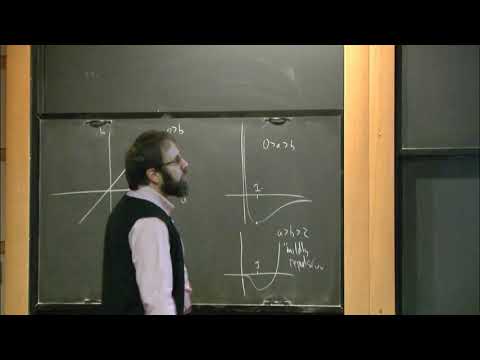When do interacting organisms gravitate to the vertices of a regular simplex?
Presenter
February 3, 2020
Abstract
Flocking and swarming models which seek to explain pattern formation in mathematical biology often assume that organisms interact through a force which is attractive over large distances yet repulsive at short distances. Suppose this force is given as a difference of power laws and normalized so that its unique minimum occurs at unit separation. For a range of exponents corresponding to mild repulsion and strong attraction, we show that the minimum energy configuration is uniquely attained - apart from translations and rotations - by equidistributing the organisms over the vertices of a regular top-dimensional simplex (i.e. an equilateral triangle in two dimensions and regular tetrahedron in three). If the attraction is not assumed to be strong, we show these configurations are at least local energy minimizers in the relevant d1 metric from optimal transportation, as are all of the other un-countably many unbalanced configurations with the same support. These therefore form stable attractors for the associated first- and second-order dynamics. We infer the existence of phase transitions. An ingredient from the proof with independent interest is the establishment of a simple isodiametric variance bound which characterizes regular simplices: it shows that among probability measures on Rn whose supports have at most unit diameter, the variance around the mean is maximized precisely by those measures which assign mass 1/(n + 1) to each vertex of a (unit-diameter) regular simplex.
